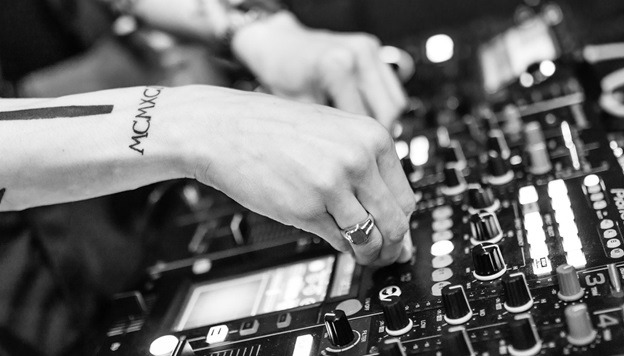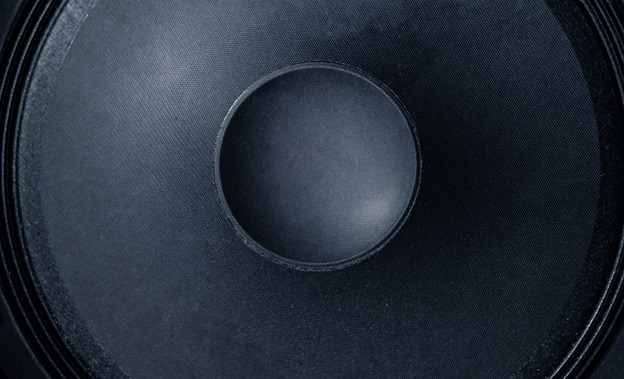When it comes to creating life sound, there are a number of factors that you need to put together to see the best results. These can help you to really grow your sound skills and create sounds that others like and can put you on the top.
There are different components that need to come together when we talk about live sound to really get things to work out for your event, with the exact components depending on the specific event. Some of the things to consider include:
1. Signal Flow
One of the most important skills that you can have as a live sound engineer is that of signal flow. Without signal flow, there isn’t any music and nothing will happen within your event. There are a few things to know for signal flow including:
- Where the signal originates from
- Where the signal needs to go
- And how to get it there at all times
Understanding the basics of the PA system and how each part works together can help you to reach all three goals. Each PA system can be different, but there are some important components that come together to help make this easier.
2. Mixing Console
You will quickly find that the mixer will be your home base when developing loud sound. This is where all of the inputs will be controlled, processed, and routed to their outputs. All of these will serve the same function, even though they are different.
Most consoles will have between 8 to 32 channels. They also come with some subgroups, a stereo main output, and several aux outputs to handle some of the effects that you would like to work with.
Most of the time, the analog consoles will be outfitted using semi-parametric EQs for each channel and then the outboard processor can be used to help with the effects processing and the dynamics.
3. Graphic Equalizers
Graphic equalizers, or EQs, will be the component that you use to help correct the frequency response of the speaker. To make this work, you can connect the main outputs of the console over to the CEQ. Then you can use it to tune the room.
You may need to experiment with this one a little bit to get the exact sound that you would like. As you get used to your equipment, you will find that it is easier to set the sound the exact way you need for each specific sound.
4. What are Crossovers
Crossovers are another component that you need to consider with your live sound. Crossovers are simply devices that are able to split the signal in two. This includes the lower frequencies that will head to the subs and then all the other sounds, which will head to the mains.
To set this up well, you will need to take the main outputs of the console and plug them into the CEQ. When this is done, you can place it into the inputs for your crossover. Choose which frequency you want to be the splitting point for the signals and then connect the low outputs to the power amps for the subs and the high ones for the mains.
You may notice that some of the crossovers that you are able to choose will allow for a 3-way split. This allows you to handle low, mid, and high speakers. But these are advanced systems and will not be used as often.
5. Power Amps
When you use a power amp, it is going to have one job. This job is to supply all of the power necessary to your passive speakers. These are not meant to be very fancy. The only thing that you can control on them is the volume output.
Many sound engineers will choose to run the power amp at full blast. This may seem like a good idea, but if you do not get it properly staged again, you will end up with a low signal-to-noise ratio and this does not give you the loud sound that you need.
When it comes to the whole PA system, the power amps will be important. If you use the wrong power amp, it may cause the speakers to blow. In severe situations, it is possible that the amp will catch fire.
You will need a few things in order to pair together your power amps and the speakers. These items include:
- The speaker power
- Speaker impedance
- Power amp power
- Power amp impedance
You will need to work with ohms, or the measurement of resistance, to figure out how resistant the speakers and the power amps will be to electricity. The thing to remember with this is that the power amps and the speakers will have the same ohm rating. It is important to use an amp that is at least 50% more powerful than the speakers to avoid problems.
6. The Main Speakers
You will find the speakers at the end of the signal chain. The speakers are going to come in two basic types including passive and active. Active speakers are the ones that are powered. There is a power amp built into them and you need to plug the IEC cables into the wall and they are on.
Passive speakers are not going to have any power over them. You will need to purchase and then connect an external power amp to help turn them on. If you set this up as a permanent installation, you are more likely to have the passive speaker to help. Both speakers will need to be paired up with a CEQ and then matched to the right power amp to work.
Getting Ready to Produce Live Sound
When it comes to producing live sound for your big event, there are a number of components that need to come together to help you succeed. By experimenting with some of the different types of sound and learning how all of these come together, you can produce some of the best live sound around.



